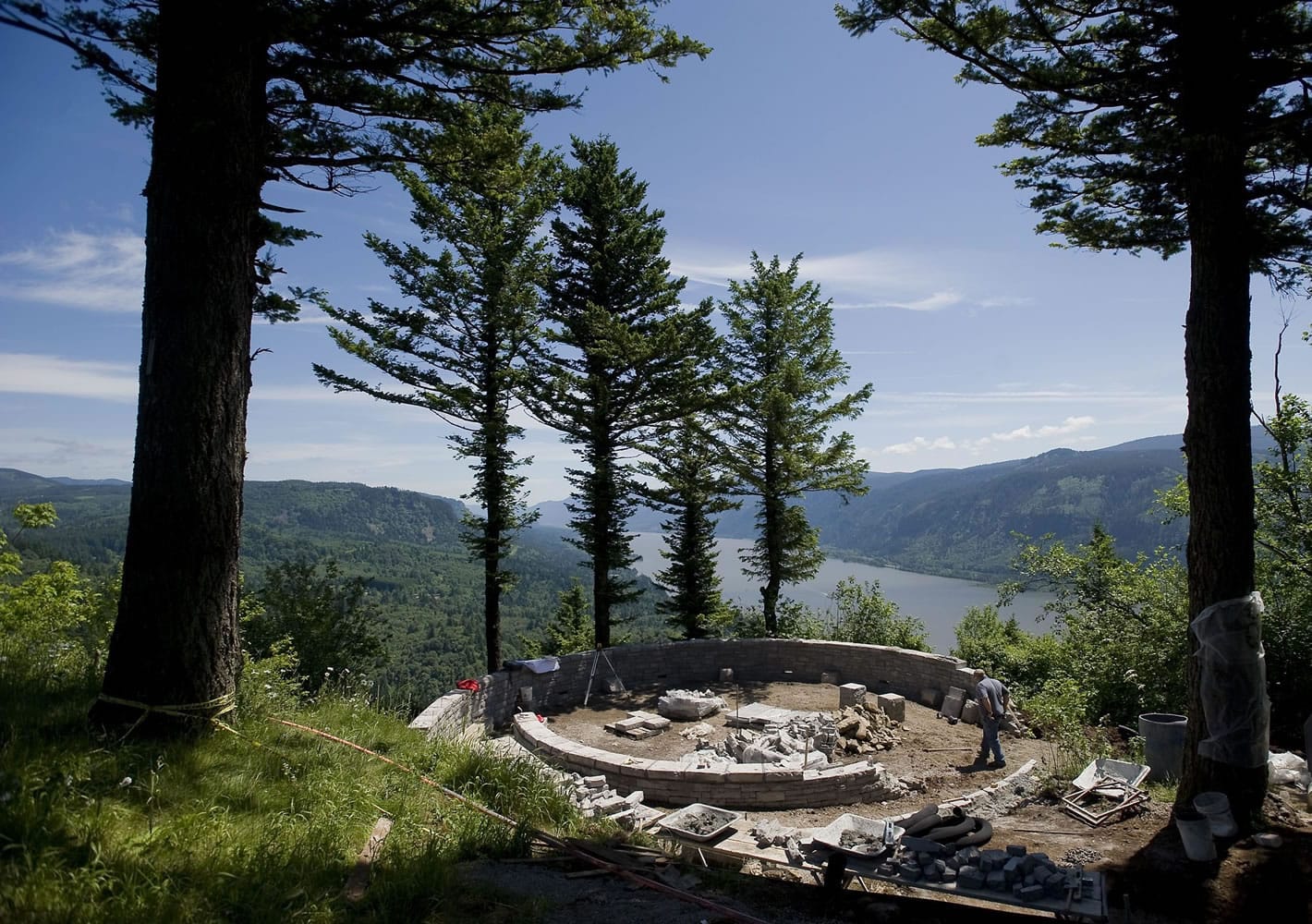For more information on life in Clark County, visit www.columbian.com/portrait.
The Columbia River Gorge National Scenic Area, established in 1986 to protect the scenic vistas and preserve the dramatic natural and cultural features of the river gorge that divides Washington and Oregon, observed its 25th anniversary in 2011.
Among other things to celebrate, there’s a new observatory at Pioneer Point atop Cape Horn, the premier Gorge viewpoint on the Washington side, and a much-improved Forest Service Cape Horn loop trail, complete with two pedestrian tunnels, to carry hikers under state Highway 14 and up to the observatory. The observatory was designed and paid for by Friends of the Columbia Gorge to honor its founder, the late Nancy Russell, a scenic area patron who played a key role in saving many properties at Cape Horn from residential development.
For newcomers to Clark County, it’s worth getting acquainted with the Gorge, which begins just east of Washougal, spans the crest of the Cascades and extends all the way to the Columbia Hills near Goldendale — and that’s just on the Washington side.



